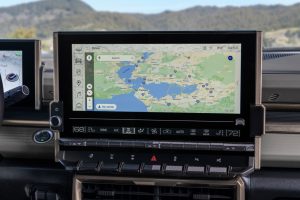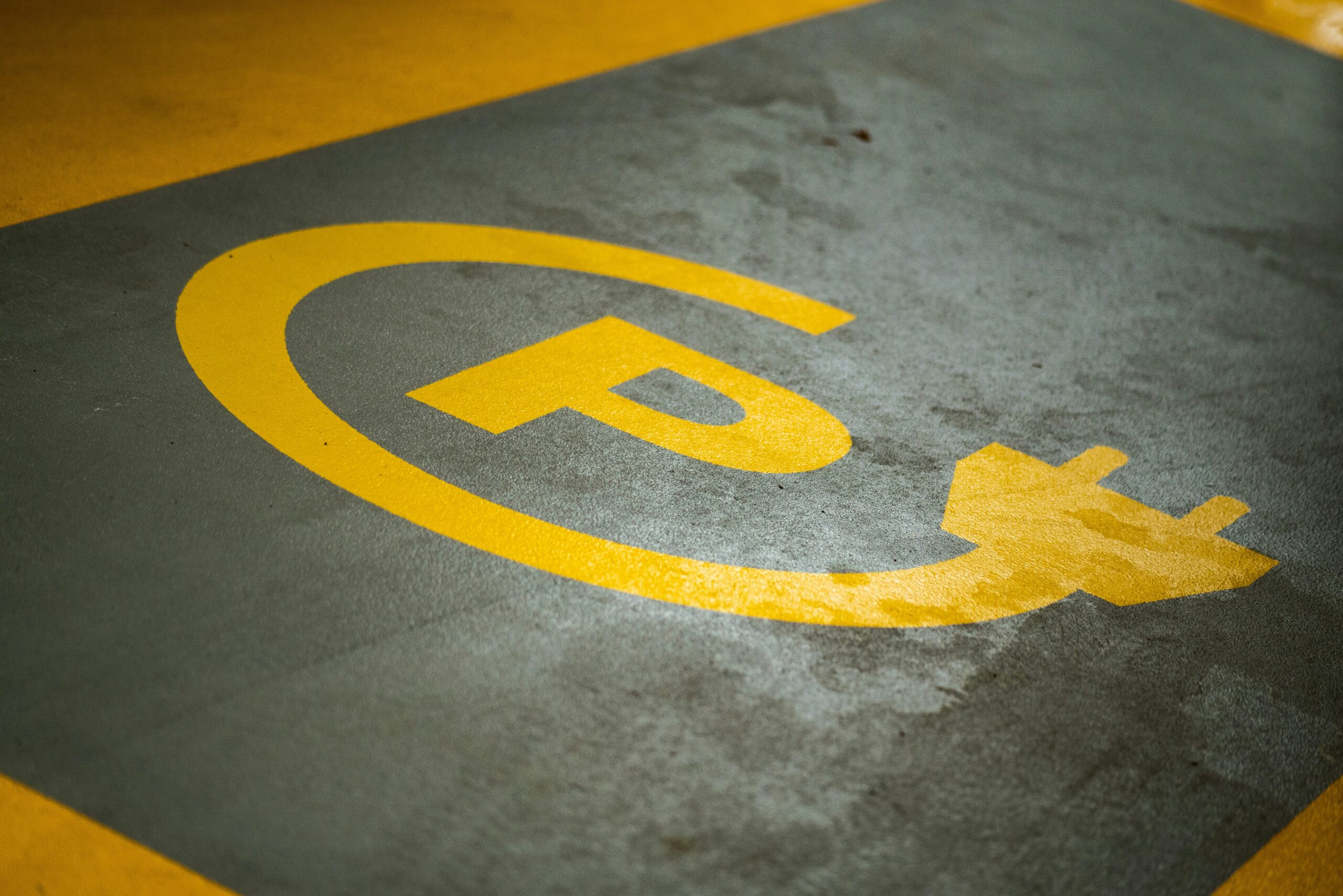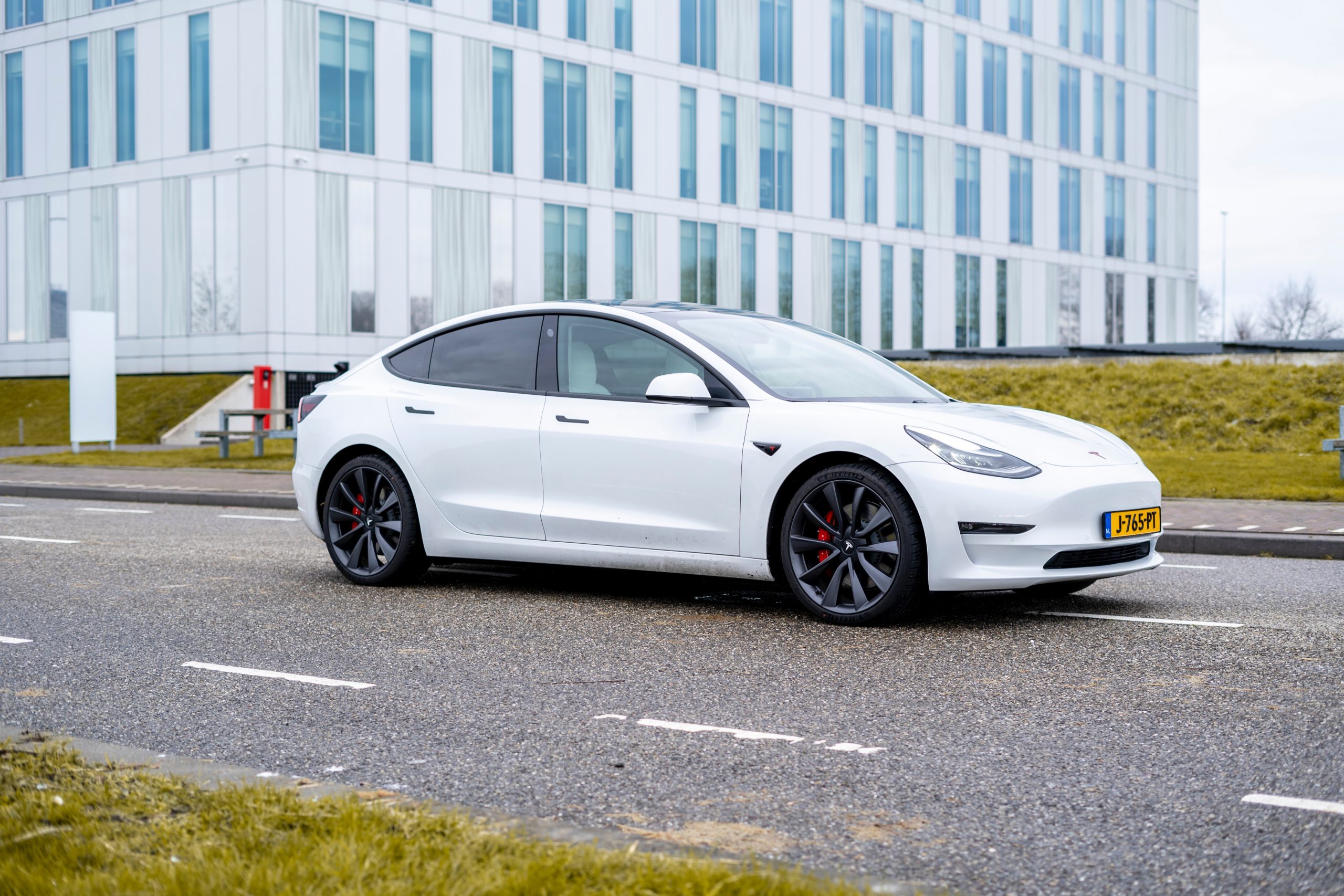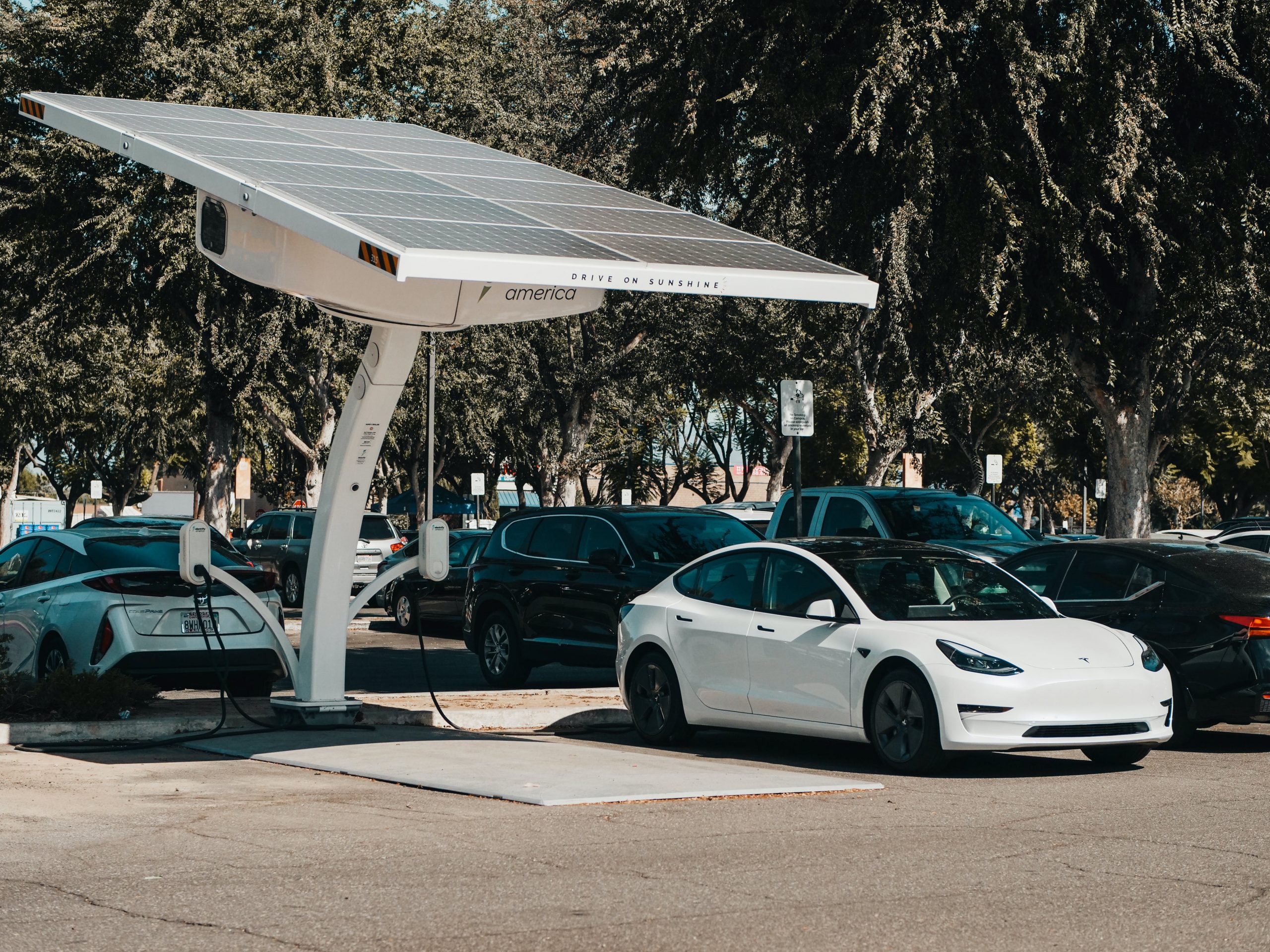Welcome to the latest edition of the EV Universe Electric Newsletter #014, your go-to source for all things electric vehicles!
In each edition, we take a closer look at the exciting developments in the EV world and dive into the latest news and trends shaping the industry. From the latest makes and models to advancements in electrification, to innovative accessories and technologies, we’ve got you covered.
Join us on this journey. Let’s explore the future of sustainable transportation and its electrifying impact on our world. In this edition, we are covering the GM’s EV lineup won’t support CarPlay and Android Auto, Polestar 3 SUV, and changes to U.S. EV tax credits.
“General Motors’ Electric Future Won’t Include Apple CarPlay or Android Auto“
- GM’s upcoming electric vehicles won’t support Apple CarPlay or Android Auto. General Motors (GM) has announced that its upcoming lineup of electric vehicles will not include Apple CarPlay or Android Auto but will instead feature a native Google infotainment system to provide seamless access to Google-powered apps. The decision is expected to help GM capture more data on customers’ driving, listening, and charging habits to inform future subscription products and generate revenue.
- Restricting CarPlay and Android Auto aims to improve navigation and charging experience. GM’s decision to restrict CarPlay and Android Auto access is primarily motivated by improving the navigation and charging experience for future EV owners. The vehicle’s native software can begin warming up the battery when an EV owner routes to a charging station so that it’s primed for a faster charge.
- The move represents a change from GM’s previous position. GM’s decision to restrict CarPlay and Android Auto access represents a reversal from the automaker’s position several years ago when it announced its deal with Google to integrate the tech company’s apps into its fleet.
- Car owners can still connect phones via Bluetooth for hands-free use. GM will not completely cut off access to CarPlay and Android Auto. Car owners will still be able to connect their phones to their vehicles via Bluetooth for hands-free calls, voice texting, and streaming music. GM’s gas-powered vehicles will also continue to allow CarPlay and Android Auto use.
- Google infotainment system will provide a more integrated experience. GM’s decision to restrict CarPlay and Android Auto access is intended to provide a more integrated experience for future EV customers with access to a suite of native Google apps, including Google Maps, Google Assistant, Audible, and Spotify. The move will also help GM capture more data on its customers’ driving, listening, and charging habits to inform future products and generate revenue beyond just selling cars.
Looking for your next EV?
VIEW LISTINGS
“Polestar Launches Roadshow for Its Biggest Product Release Yet: The Polestar 3 SUV”
- Polestar 3 SUV roadshow kicks off as biggest product release for Polestar. Swedish EV-maker Polestar, backed by Volvo and China’s Geely, has begun its roadshow for the electric Polestar 3 SUV, which is expected to be the company’s biggest product release. This event marks the first time the North American audience has seen the Polestar 3 in person, setting the stage for the company’s entry into a growing field of EV SUV competitors.
- Polestar 3 to start production in China, then switch to North America. Polestar is set to start global production of its Polestar 3 electric SUV in mid-2023 at the Volvo plant in Chengdu, China, before shifting to production for North America and other markets at Volvo’s plant in Ridgeville, S.C. in mid-2024. This production strategy follows Polestar’s “asset-light” business model, which involves building cars at existing plants owned by Volvo and Geely.
- Polestar employs “asset-light” business model. Polestar is utilizing an “asset-light” business model to build its electric vehicles, leveraging existing plants owned by Volvo and Geely. This approach allows Polestar to streamline production and focus on research and development.
- Polestar rolls out $20 million plan to promote Polestar 3. SUV To promote the launch of the Polestar 3 SUV, Polestar has launched a $20 million roadshow plan and traditional media campaign. This will allow Polestar to showcase its product to potential customers and investors while generating buzz for its entry into the EV SUV market.
- Cheaper version of Polestar 3 to qualify for IRA tax credits. While current models of Polestar 3 are priced above the $80,000 MSRP limit for EV SUVs, the vehicle will be eligible for the Inflation Reduction Act (IRA) tax credits when production begins in South Carolina. Additionally, a cheaper, less luxurious “rear-wheel drive” version will be released following the Polestar 3, which will also qualify for the tax credits. In the meantime, the Polestar 3, regardless of price and country of origin, can get access to the tax credit through a commercial lease exemption in the IRA.
Find the best parts for your EV here.
SHOP PARTS
“US Treasury Department Announces Changes to EV Tax Credits: What You Need to Know“
- US Treasury releases guidance on EV tax credit requirements for the Inflation Reduction Act. The US Treasury Department has released its guidance on the battery component and critical mineral sourcing requirements of the Inflation Reduction Act. The Act will affect the availability of EV tax credits in the US, which will have the net effect of reducing tax credit amounts for many vehicles purchased on April 18 or later.
- Battery sourcing requirements. To meet the requirements set up in the IRA, manufacturers must ensure that battery critical minerals are extracted or processed in the US or any country with which the US has a free trade agreement, or recycled in North America. They must also ensure that battery components are manufactured or assembled in North America.
- Applicable percentage and free trade agreement. Each leg of the requirements accounts for half of the total $7,500 credit. Each leg also has an “applicable percentage” based on the year the vehicle is “placed into service.” The Treasury seems to be taking a lenient view of what counts as a “free trade agreement” for the critical mineral provisions, with countries including Australia, Bahrain, Canada, Chile, Colombia, Costa Rica, Dominican Republic, El Salvador, Guatemala, Honduras, Israel, Jordan, Korea, Mexico, Morocco, Nicaragua, Oman, Panama, Peru, Singapore, and Japan being listed.
- Fewer cars qualify for full credit in the short term. The decision to limit the EV tax credit to vehicles that are assembled in North America and meet battery sourcing requirements is primarily motivated by improving the navigation and charging experience for future EV owners. This decision, however, is expected to help the automaker capture more data on its customers’ driving, listening, and charging habits, which could inform future subscription products and generate more revenue. It will also result in fewer cars qualifying for the full credit in the short term.
- Commercial tax credits for foreign-assembled cars. Foreign-assembled cars can still qualify for commercial tax credits if they’re leased, according to the Treasury. In this case, a dealership would file for the commercial credit, which could be passed on to the consumer in the form of lower lease payments.
Categories:





